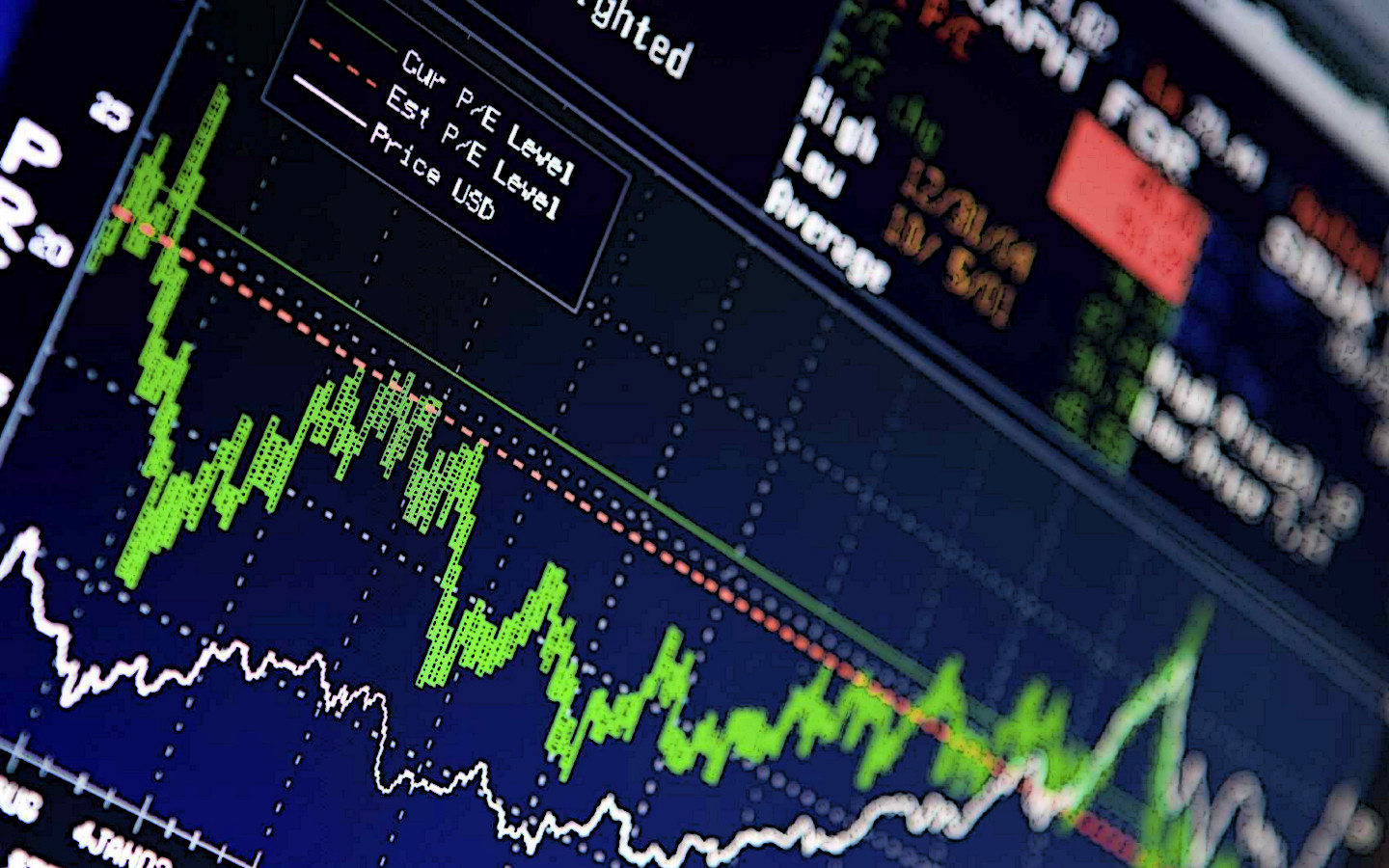In our increasingly digital world, the dynamics of financial transactions are evolving. A significant facet of this evolution revolves around the debate between fiat currency and cryptocurrency. Delve deeper into this topic with the WL Global blog for more information about fiat currency vs cryptocurrency paradigm. This piece offers a look at both, underscoring their respective merits and challenges.
Delving into the World of Fiat Money
Fiat money, the backbone of traditional financial systems, is issued and regulated by governments and central entities. Examples include the dollar, euro, or yen. Unlike assets with intrinsic value like gold, its value stems from the trust users place in it and its ubiquitous acceptance across markets and countries. It’s the medium that has fueled economies, enabled trades, and supported financial infrastructures for decades.
Strengths and Weaknesses of Fiat Money
Advantages:
- Economic Stability: Governments employ monetary policies, controlling inflation and ensuring economic balance.
- Legal Recognition: Being legal tender, fiat money is universally accepted, facilitating smooth economic operations.
- Ubiquity: It’s accessible to everyone, from major corporations to the everyday person on the street.
Drawbacks:
- Centralization Concerns: Centralized control can be a double-edged sword, introducing risks of political biases or economic mismanagement.
- Inflation Vulnerability: With potential misuse or overprinting, fiat currencies can lose value over time.
- Privacy Constraints: Traditional banking systems often entail documentation, reducing transactional anonymity.
The Rise of Cryptocurrencies
Emerging as the avant-garde alternative to fiat, cryptocurrencies represent a paradigm shift in financial dealings. To stay informed about the latest developments in this fast-paced market, it’s essential to keep up with crypto news. These decentralized assets, encrypted for security, offer a fresh perspective on trade, investments, and wealth storage. Pioneered by Bitcoin, the crypto space now boasts a plethora of options, each tailored with unique functionalities, including Ethereum, Ripple, and Litecoin.
Cryptocurrencies: Advantages and Challenges
Advantages:
- Decentralized Power: Cryptocurrencies empower individuals, reducing the need for intermediaries, and ensuring direct peer-to-peer exchanges.
- Robust Security: Leveraging state-of-the-art cryptographic techniques, cryptocurrencies offer a fortified defense against fraud.
- Universal Reach: Without geo-restrictions, anyone, anywhere with internet access can dive into the crypto realm.
Drawbacks:
- Fluctuating Values: Cryptocurrencies can witness sharp value swings, making them unpredictable.
- Regulatory Ambiguity: The crypto landscape is still shaping its regulatory framework, leading to varying global approaches.
- Technical Challenges: While revolutionary, blockchain, the underlying tech for most cryptos, can face scalability and efficiency hitches.
Drawing Parallels: Fiat vs Cryptocurrencies
“Fiat” in the crypto context points to conventional currencies without tangible backing. Fiat and cryptocurrencies stand apart in their core principles:
- Centralization vs. Decentralization: Fiat currencies are under governmental purview, while cryptos function on decentralized networks.
- Regulatory Clarity vs. Uncertainty: Fiat enjoys a clear regulatory status, contrasting the evolving crypto regulations.
- Anonymity Levels: While fiat transactions are traceable, cryptos can offer heightened transactional anonymity.
- Stability Spectrum: Fiat provides a steadiness, while crypto values can oscillate significantly.
Fiat vs. Crypto: Gazing into the Horizon
Cryptocurrencies, despite their relative novelty, have etched an indelible mark on the financial sector. Their rapid ascent, underpinned by innovative technologies, has been commendable. Yet, the road ahead is paved with regulatory, technical, and trust-based challenges. Conversely, fiat, with its longstanding history, offers a sense of reliability but must adapt to the digital age’s nuances.
In conclusion, the synergy or contention between these two financial titans will shape the future of global economics. One thing is certain: financial evolution is unstoppable.
